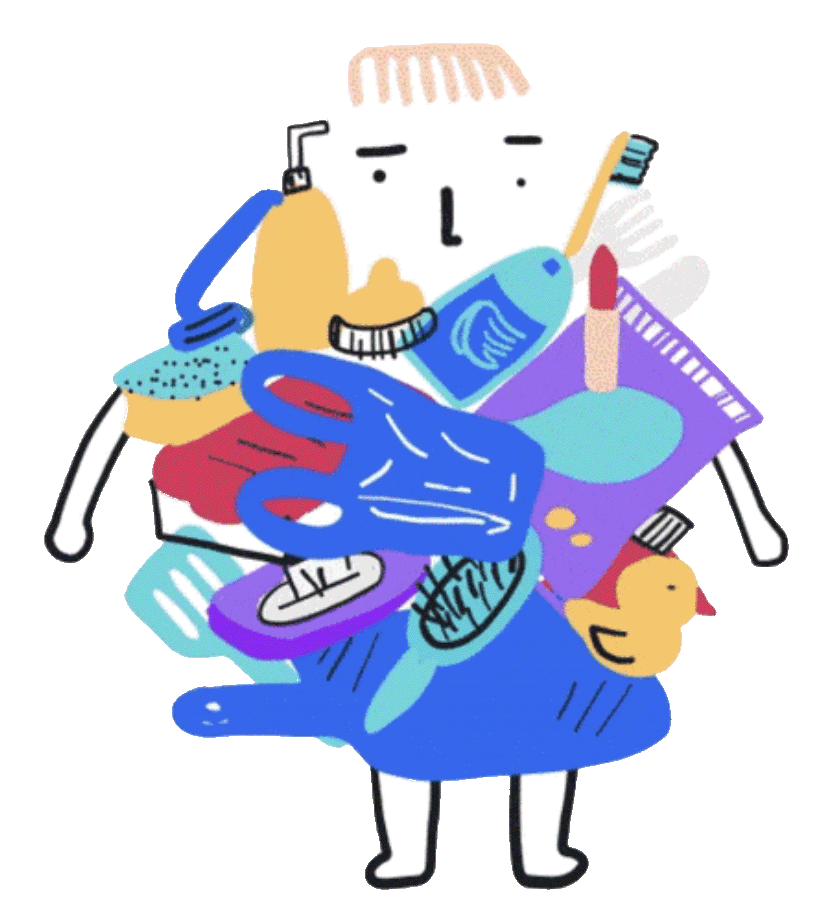These are urgent questions that have not yet been answered, but there are indications that plastic is a viable transporter of toxic additives and pathogens in the environment. There are three main processes through which this happens. The first is that pollutants present in the environment attach themselves to plastic, much like iron to a magnet. Then, there are the chemicals that are added to plastics during production, to give them the desired properties, and these can leak out of the plastic. What happens to those plastic pollutants and chemicals when animals eat plastic? Finally, plastic can carry and spread pathogens in the environment.
Plastic: a pollutants magnet
Pollutants are present in the environment. When plastics end up in the environment, they can bind with these pollutants, including persistent organic toxins such as PCBs (Polychlorinated biphenyls) and dioxins, both of which are not only very resistant to degradation but can also accumulate in animal fats and tissues. Heavy metals such as mercury also attach themselves to plastics. Here, however, the role of plastic seems minor as the main source of these toxins in the bodies of animals in their normal food. Children seem to be more vulnerable than animals in terms of their contact with plastic pollutants and toxins. For years, there have been warnings that there are persistent organic toxins in toys made from recycled plastic – for example, toys that are made from recycled electronic waste have been found to contain brominated flame retardants. These flame retardants can affect, among other things, the nervous system and hormone balance.
Plastic diseases and germs
Microscopically small hydrophobic organisms thrive on floating plastic in the environment. They live on even the smallest pieces of plastic, in close company with hundreds of other types of organisms. Since plastic can persist for an extremely long time in the environment and can cover large distances when carried by currents, it is a means of transporting bacteria. The layer of microscopic life on or around plastic is called the plastisphere. Among the bacteria found here are Vibrio species, some of which can cause disease after contact with humans and animals. There is even a strain of Vibrio that can cause cholera. In areas of the world with a lot of waste plastic and poor sanitation, this can have dire consequences.



